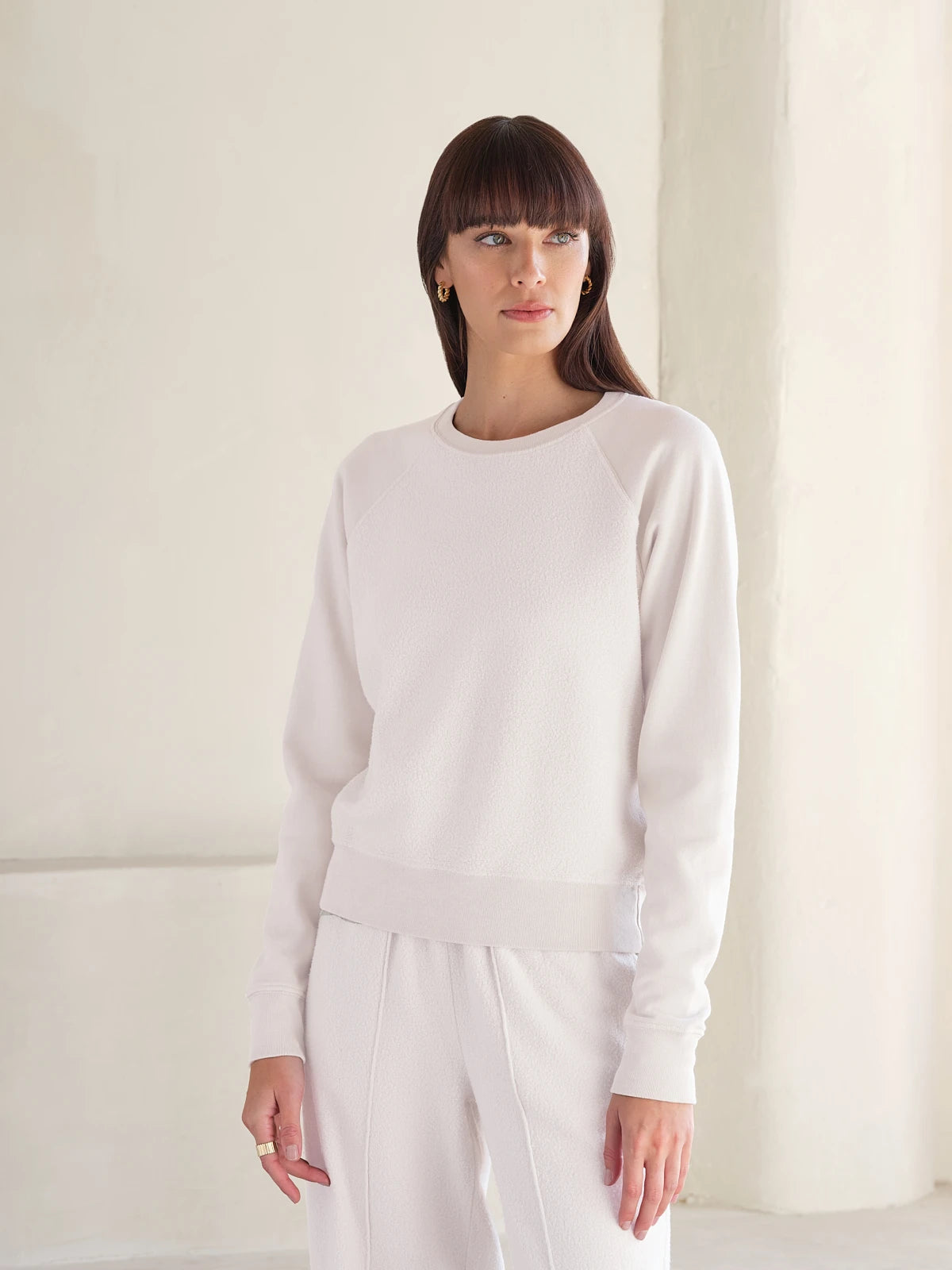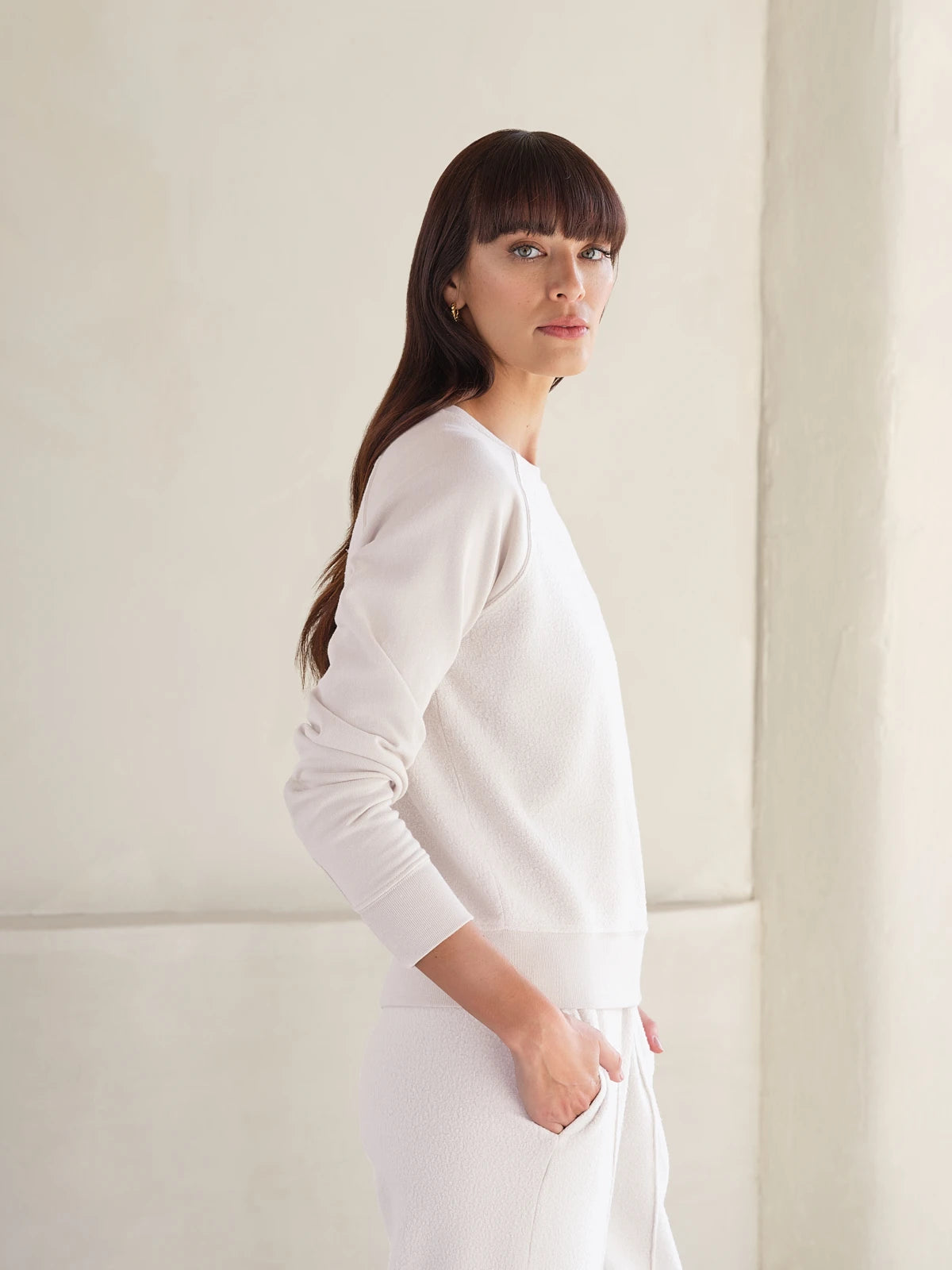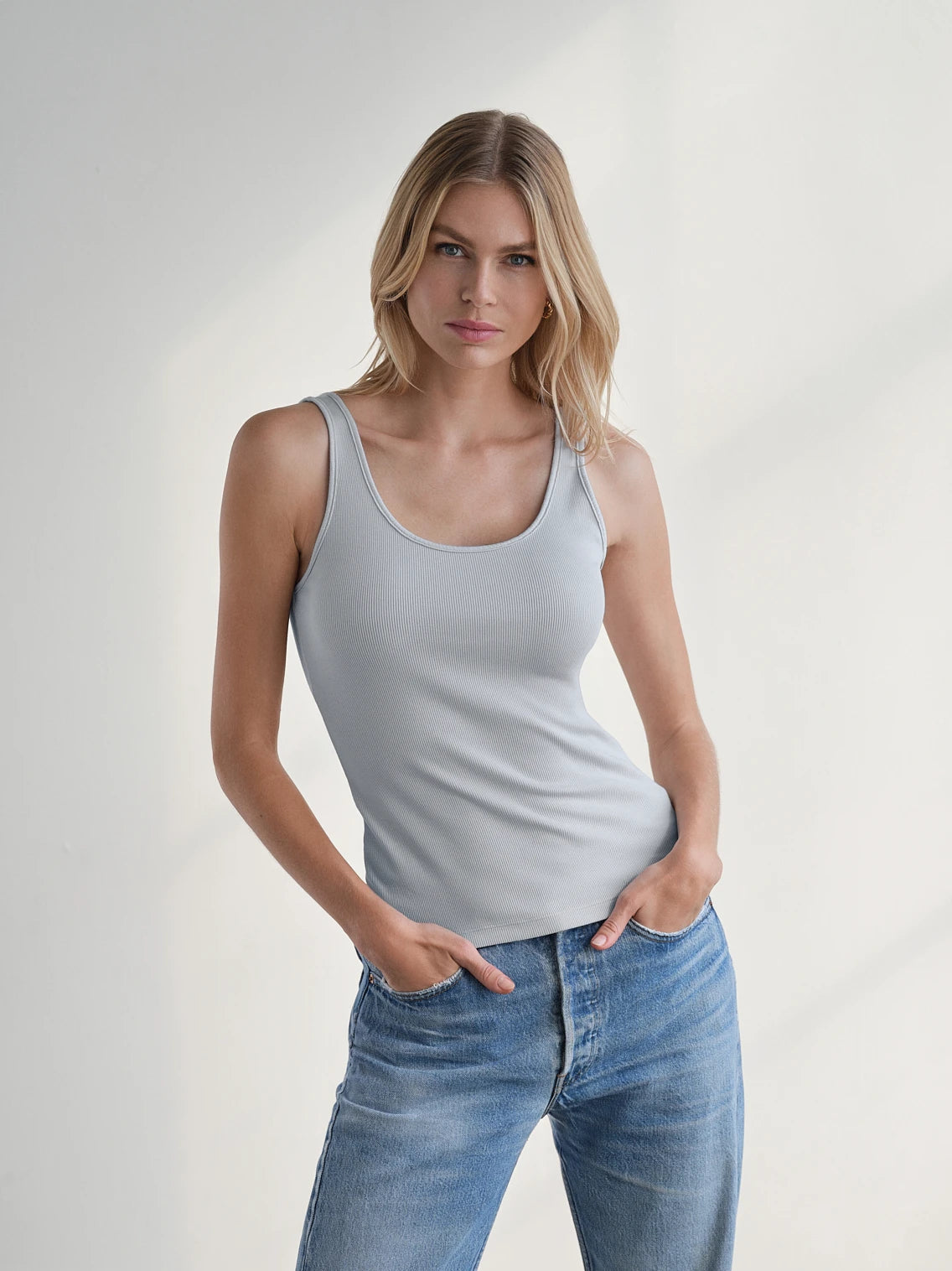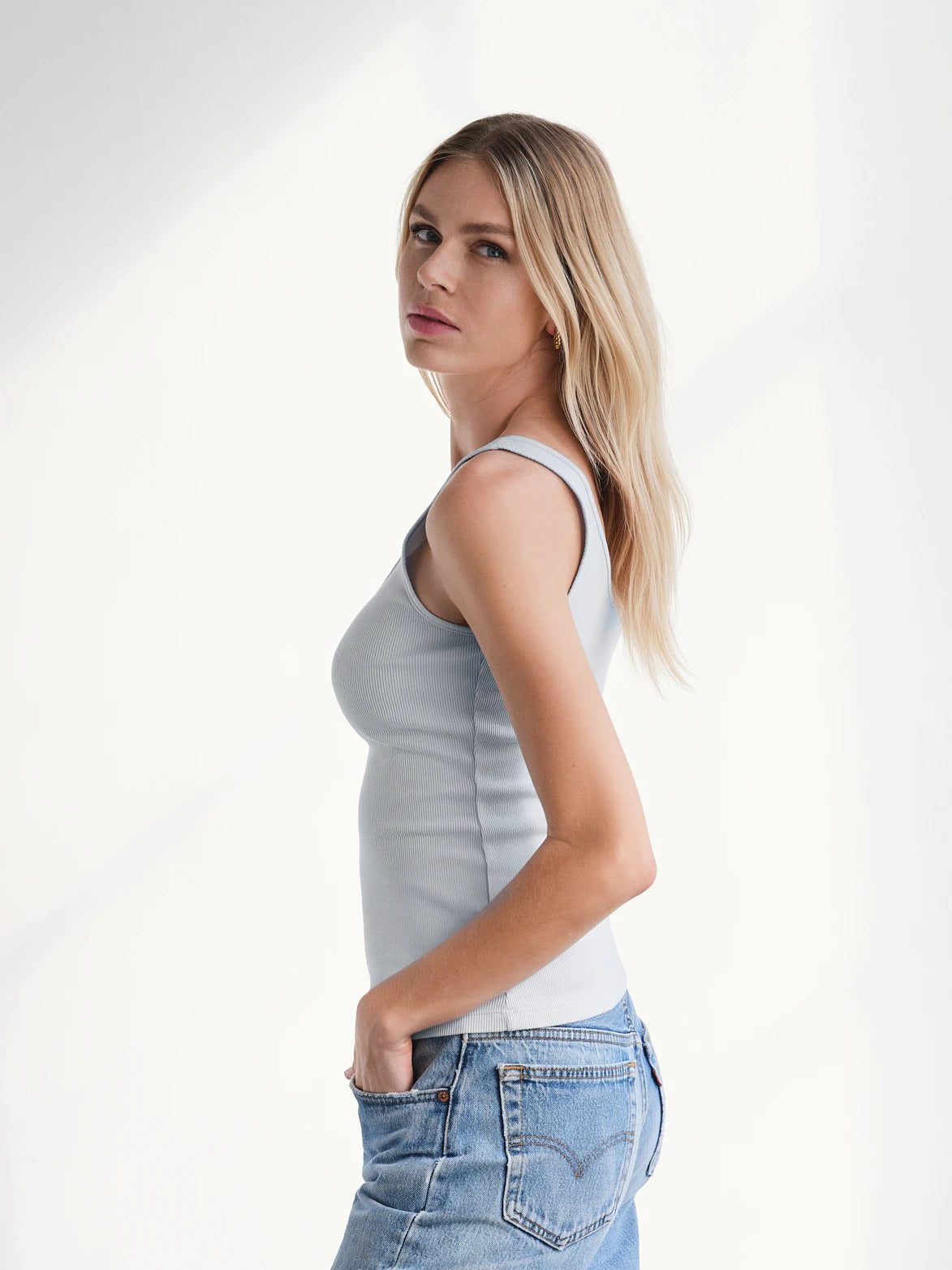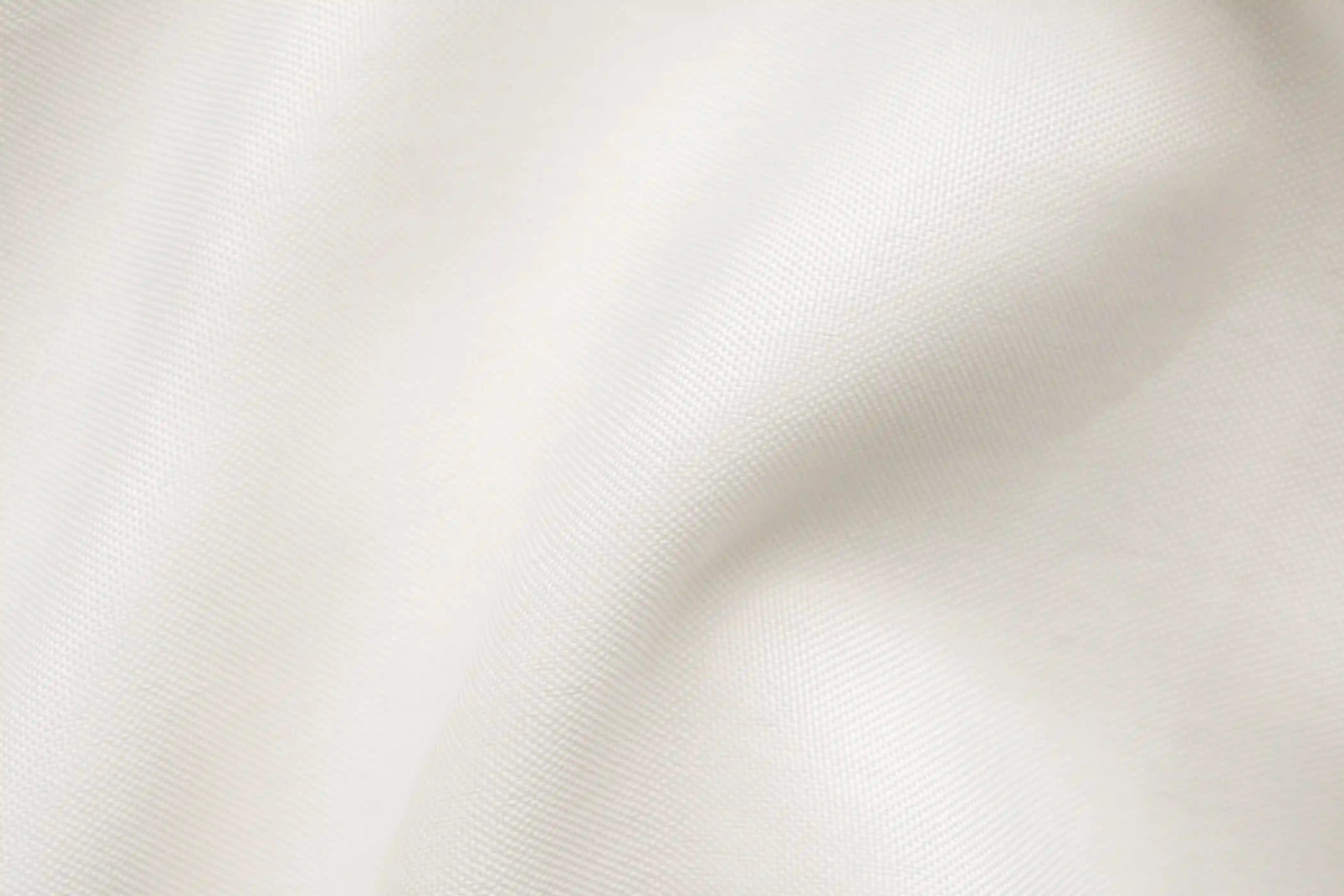Produced by the Gossypium barbadense plant, Supima Cotton affords extraordinary durability and softness. But how, exactly, is raw Supima® Cotton transformed into the clothing we know and love? In this blog, we walk you through the five-step, farm-to-fabric process.
Step 1: Growing & Harvesting
The journey begins on a farm—500 family-owned farms, to be exact. Spread across California, Arizona, New Mexico, and Texas, these landholdings are owned by agriculturists dedicated to cultivating the world’s best cotton.
Typically, these farmers plant their Supima® Cotton crops in early spring. If conditions are right, tiny seedlings will emerge from the ground in five to six days. In the coming months, the plants will continue to grow and mature into what European settlers once described as “cotton trees.”
By mid-August, these bushy perennials will reach heights of nearly nine feet, at which point farmers cut off water to the crops. This gives the bolls (seed pods) time to dry and crack open. Once sufficiently desiccated, the bolls are harvested using a GPS-navigated tractor.
Step 2: Ginning

After the bolls have been harvested, they must be fed into a cotton gin. Invented by Yale graduate Eli Whitney in 1794, the cotton gin is a machine that separates the cotton fibers from the seeds. This machine also removes detritus like dirt, stems, burrs, and leaf material.
From the cotton gin, the fiber (now called lint) is passed through a dryer ranging between 77 and 122°F. Once the moisture levels reach an acceptable rate—not too wet nor too dry—the lint is compressed into dense bales weighing as much as 500 pounds.
Step 3: Mixing, Carding, & Combing
Next, the bales are transported to a production facility where they are unraveled and mixed together to ensure a uniform blend of fiber properties. During this step, the lint also travels through a series of cleaning and drying machines to remove trace amounts of dirt.
Once the lint is sufficiently mixed, it’s sent into a carding machine. This machine consists of a series of rotating cylinders with tiny teeth. As the lint passes through these cylinders, the teeth disentangle individual fibers and sort out debris.
The carding machine also removes any short fibers. This is an important step in creating a better final product. As the Supima organization summarizes, “Length is fundamental in the softness of the fiber as it requires less torque and twist in the manufacturing process, allowing for softer fabric.”
To make the fabric even more durable and luxurious, the fiber travels from the carding machine to the comber. This apparatus uses a series of metal teeth to pull the individual fibers into parallel alignment, creating a rope-like strand called a sliver.
Step 4: Drawing, Roving, & Spinning

Next, in a process called drawing, several slivers are blended together and passed through rollers. These rollers elongate the slivers, producing a string-like product known as drawn sliver.
The drawn sliver is then stretched and twisted into a long, narrow bundle called roving or green yarn. Roving can be incorporated into specialized knitting projects as-is. However, for most fashion purposes, it must undergo an additional step: spinning.
During the spinning process, the roving is stretched and twisted to obtain the desired thickness. The finished yarn is then wound onto a spool (also called a bobbin).
Step 5: Knitting
From the spinner, the yarn is sent to a knitting mill. loom. Dating back to 5,000 B.C., the loom is an ancient device that weaves yarn into cloth. When operated manually, the loom works by holding the longitudinal warp threads stationary while a person uses a needle, hook, or nimble fingers to run the horizontal weft threads up and over, up and over, up and over…(cut) rewrite with the knitting machine)
Since this process is rather tedious and time-consuming, mechanized looms are now the norm. These machines quickly weave Supima Cotton yarn into rolls of cloth called bolts.
These bolts then travel to Myles Price where our expert fashion designers transform the cloth into our relaxed yet refined Ribbed Tanks, comfortably elegant Boyfriend Crews, and other pieces of LuxCasual apparel. We finish the farm-to-fabric journey by shipping these artfully-made garments right to your door. From there, you continue the narrative by living a life well-lived in our everyday essentials.Read more

For millennia, we have proven ourselves to the world with loud, overstated attire. This dates back to as early as 3150 B.C. when pharaohs donned leopard pelts and false beards of gold. But in mode...

Sweatshirts are the epitome of comfort. Or, at least they should be. But over the past century, fast fashion moguls have bastardized the garment with sweatshirt fleece: a petroleum-based textile t...


